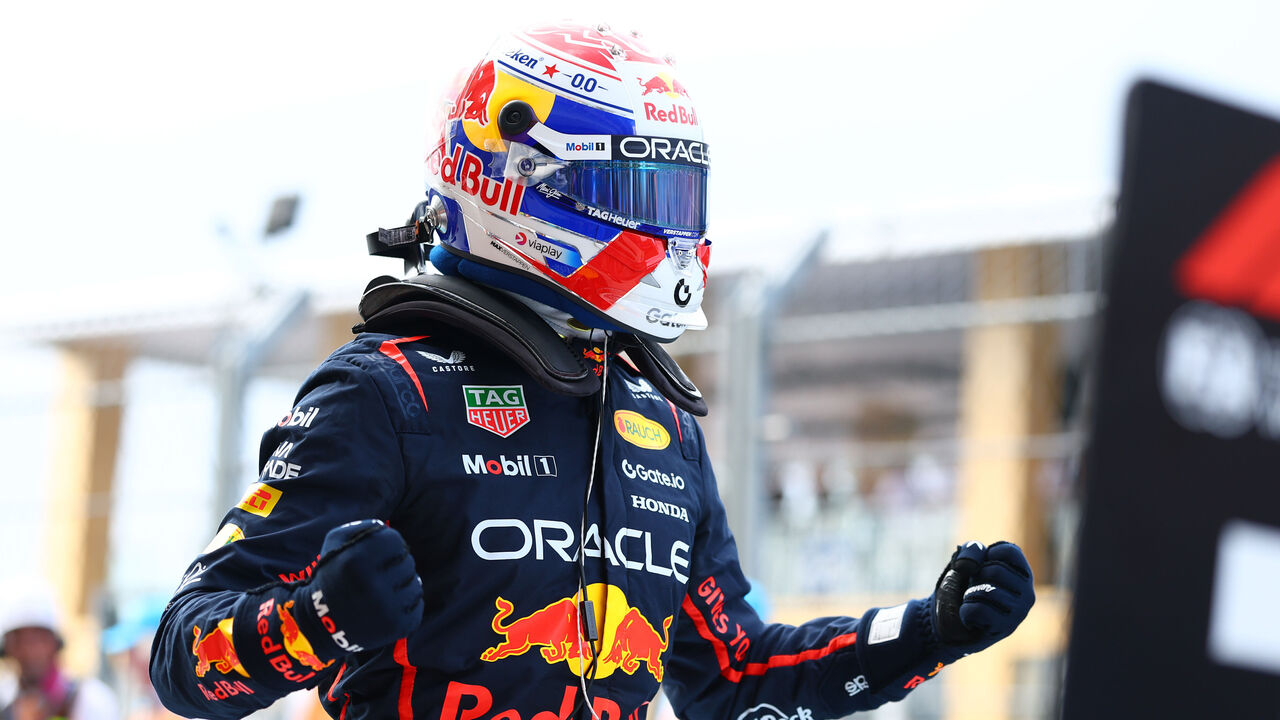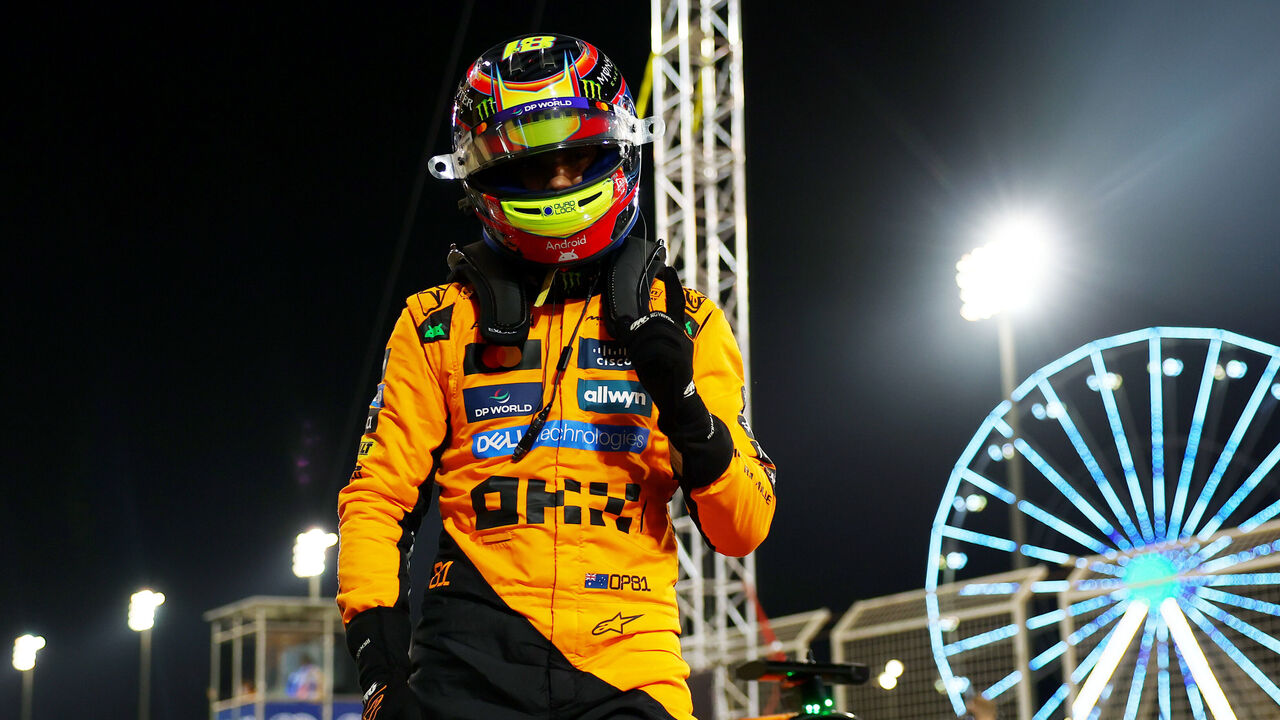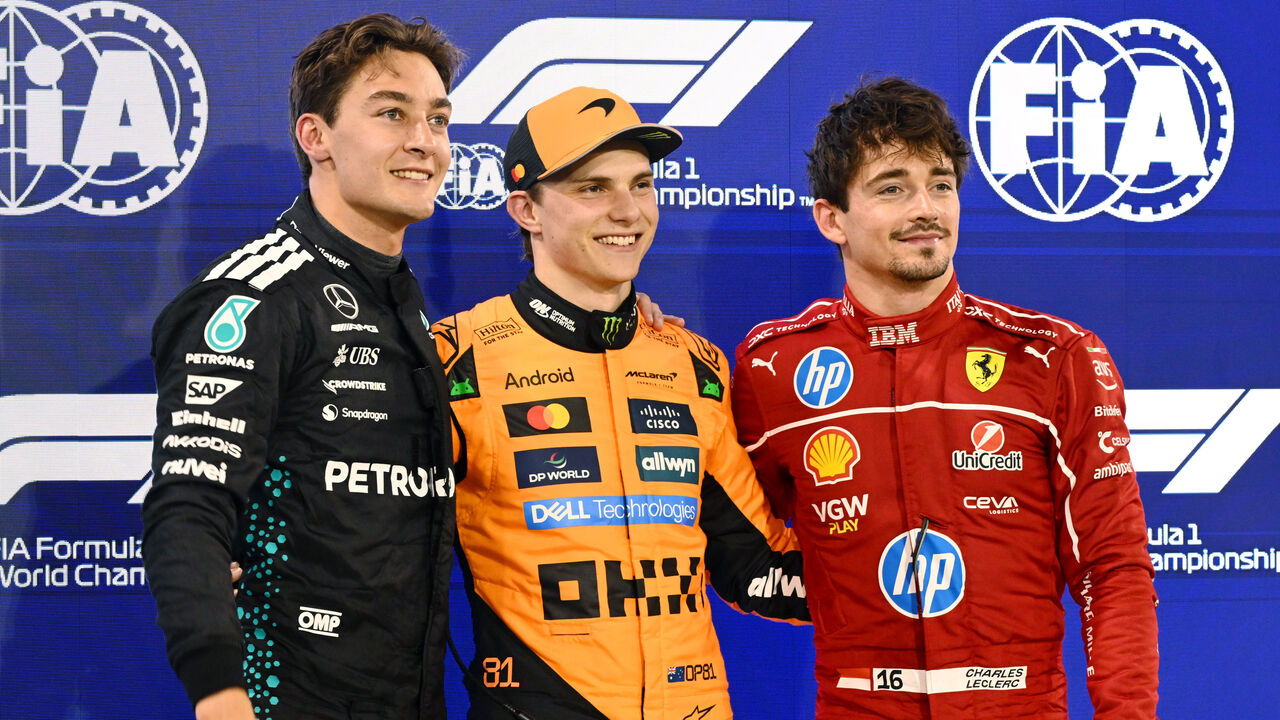Who are F1's top qualifiers so far in 2025?
Track position has been a key factor early in the 2025 Formula 1 season, making qualifying more important than ever. With a quarter of the schedule in the books, it's time to analyze which drivers are making the difference in qualifying.
Below are a wide assortment of stats that help distinguish F1's fastest drivers over a single lap.

Average qualifying position

Methodology: All drivers' qualifying results are added up and then divided by the number of grands prix they participated in.
Pace difference between teammates
Methodology: Calculated by taking the best times from the qualifying sessions both drivers participated in at each track. The average difference between drivers is then converted to a percentage.
Average gap to pole for top drivers

Methodology: Calculated by adding all pole times and getting an average pole time. The best Q3 times for each driver are added up and divided to get an average. Only if a driver did not make Q3 will their best time from a previous session be used. The difference between the drivers' average time and the average pole time is then converted to a percentage.
Qualifying positions above expected
Methodology: Calculated by combining every driver's best three sector times to create their best ideal lap. The drivers are then ranked using their best ideal laps. The difference between their ideal lap rank and actual qualifying position produces their qualifying positions above or below expected. These are tallied up for every grand prix qualifying session to put together a leaderboard.